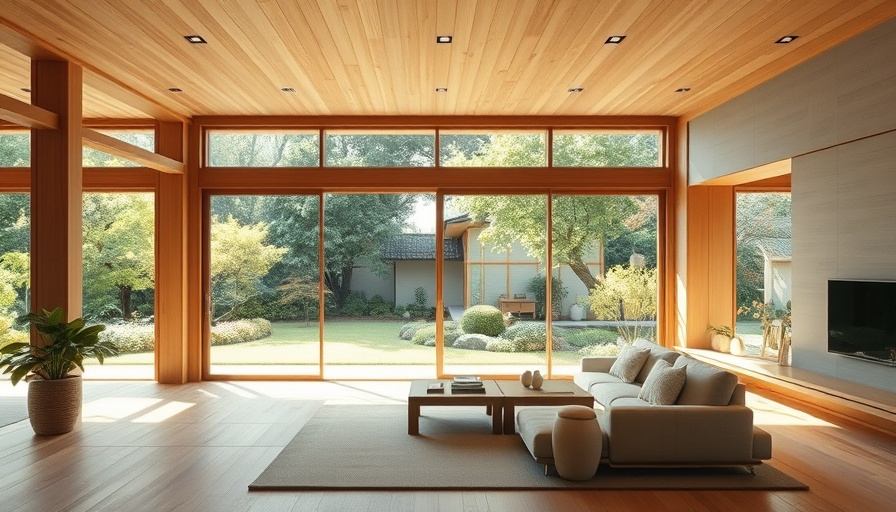
Creating Harmony Between Home and Garden
How can a family home harmoniously balance privacy and connection? This question stands at the forefront of modern architectural design, particularly highlighted in a recent exploration of a family home in Yarraville, a suburb of Melbourne. The project aims to overcome the common disconnect experienced in various houses where front garden spaces are underutilized and disconnected from family life. In this case, Simon and Melissa, the homeowners, faced the challenge of transforming a run-down bungalow into a vibrant living space.
In 'How This Minimalist Family Home Balances Privacy and Connection to the Garden', the discussion dives into innovative architecture that connects family living with outdoor spaces, inspiring us to explore its key elements further.
Designing for Family and Community
The design of this family home doesn't just prioritize aesthetics but also emphasizes functionality and connection. By shifting the entrance to the side and introducing operable timber screening, the architects created an inviting front garden that connects seamlessly with the interior, blending privacy with accessibility. This innovative approach encourages both family interaction and engagement with the community—a rare achievement that fosters a sense of belonging.
The Power of Minimalism
One striking feature of the design is its minimalist ethos, aiming for a clean and warm interior. Using materials like Vic Ash timber helps create a cozy atmosphere while keeping the overall design simple and uncluttered. This aligns perfectly with the clients' desire for a home that feels serene and livable, avoiding the clutter often associated with busy family life. When designing spaces, these thoughtful choices ensure the focus remains on the lived experiences rather than merely decorative items.
An Energy-Efficient Sanctuary
Besides enhancing aesthetics and functionality, this home design consciously addresses environmental concerns. The incorporation of energy-efficient sliding doors not only creates a greater connection to the outdoors but also helps eliminate drafts, making the home more comfortable and cost-effective. In a time of climate awareness, this energy-efficient design sets an inspiring example of how new homes can positively impact the environment.
Conclusion: A Home to Cherish
The thoughtful integration of private and public spaces allows Simon, Melissa, and their three children to enjoy a balanced lifestyle—one that treasures both personal moments and community interaction. Families looking to create their own sanctuaries can take inspiration from this project, which beautifully illustrates how design can promote closeness to nature and ease of living. To all the Melbourne locals and homeowners inspired by this project, remember: creating a home isn’t just about structure; it's about cultivating the right environment for treasured memories.
 Add Row
Add Row  Add
Add 




Write A Comment